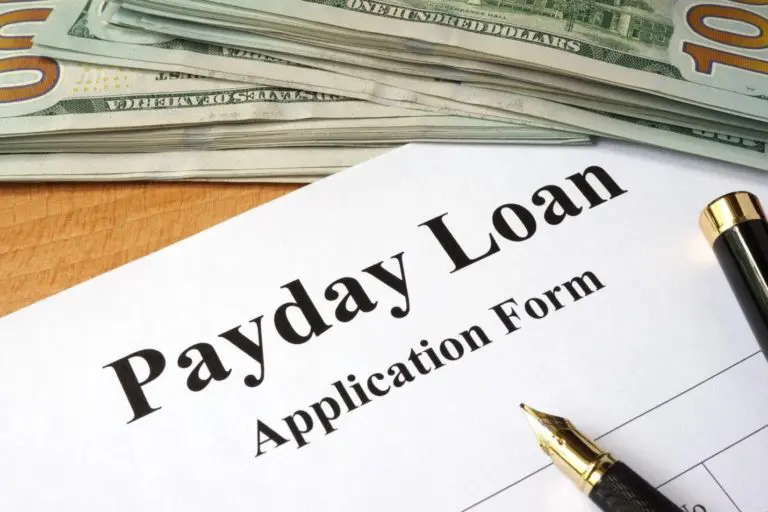Have More Credit Card Debt Than Savings? Consider These 4 Solutions

According to a recent survey from Bankrate, 29 percent of Americans have more credit card debt than they do emergency savings. And this imbalance only looks to be worsening over time — the figure has increased by eight percent since 2018. A major contributing factor is almost certainly the fact that living costs are steadily rising while wages stay stagnant or rise less slowly on average.
Owing more on credit cards than you have tucked away for emergencies puts your financial situation in an unfortunately precarious situation. It suggests you may have to charge even more debt to your credit card if an emergency arises. And, unforeseen costs can crop up at any time: a costly car repair, an emergency room visit, a natural disaster, a sick pet– the list goes on.
If you’re one of the nearly one-third of Americans who owe more than they have stashed in savings, consider these four solutions for strengthening your personal financial situation.
Conduct a Balance Transfer
High-interest rates bringing you down? Some credit cards charge upwards of 20 percent, which means you’ll be paying a hefty chunk of change on top of however much you originally owed each month. Interest compounds, so suddenly you’re facing your principal balance plus interest plus interest on that. As you can imagine, the cycle is a tricky one to break once you’re in it.
One way to get a handle on interest rates is to conduct a balance transfer. This entails moving your credit card balance from a high-interest card to one with low interest — or, even better, no interest for an introductory period. You’ll pay a fee to transfer a balance, but you’ll be in a better position to focus on paying off what you owe without interest building it right back up. In fact, with the help of cash discount programs, you can eliminate such processing fees as well. You can get Detailed information about the cash discount programs by clicking on the given link.
Consolidate Multiple Debts into One Payment
Are you grappling with multiple debt payments due each month? Not only is this a headache to manage, but it’ll certainly divert your attention from savings, too. There are a few ways to consolidate multiple payments into one.
The first strategy is debt management through a credit counseling agency, which bundles multiple payments into one monthly payment. Debt management can also help you secure a more favorable interest rate as you work toward paying off your debts over the next few years.
Another way to consolidate is by taking out a personal or consolidation loan. You use this loan to cover your other debts, then you have a more streamlined obligation of making a single monthly payment. This strategy can be beneficial if the amount of interest you’ll pay on that loan over the long term is less than the amount you’ll pay on your current debts.
Explore Debt Settlement
If you’re looking at a major imbalance between massive debt and little-to-know emergency savings, it’s worth exploring settlement. The first step is enrolling in a reputable settlement program and understanding its terms. Then you’ll keep paying into a special account monthly until you’ve saved a certain percentage of however much you owe. At this stage, negotiators will reach out to your creditors and attempt to get them to settle for less. Creditors are often willing to accept less than 100 percent of your original balance if you’re able to pay in a timely manner.
A settlement is an option for unsecured debt like credit card debt or medical bills. Looking through Freedom Debt Relief reviews, you’ll see a lot of relatable tales: Americans drowning in credit card debt to the point where having an emergency fund was a pipe dream.
Create a Do-It-Yourself Budgeting Plan
Last but not least, there’s the option to aggressively revamp your budget so you can devote more to both debt repayment and beefing up your savings. Something as simple as using a money management app to track your spending habits can help you tighten up those purse strings.
If your credit card debt is stacking up while your savings sit empty, it’s time to take action.









